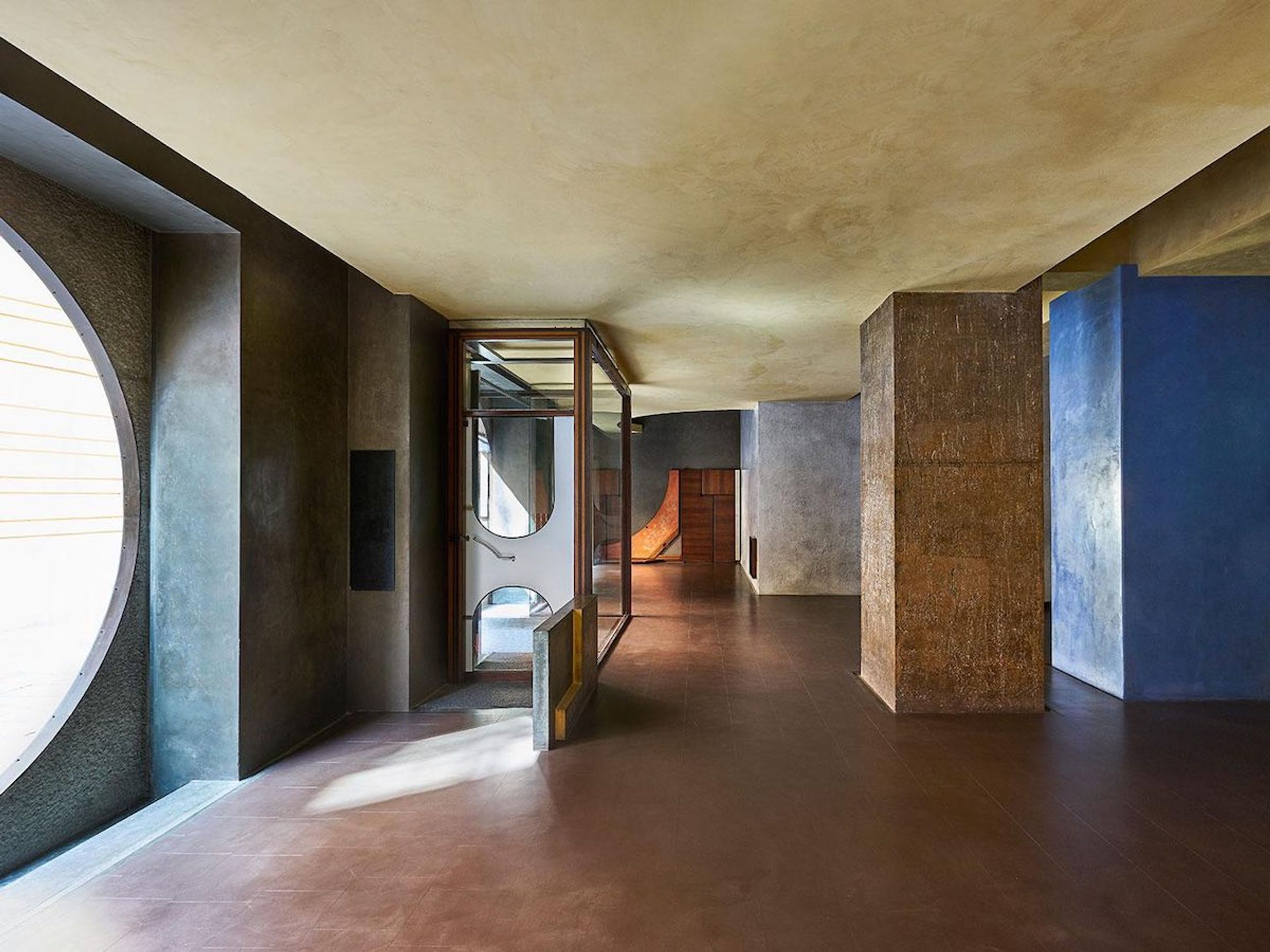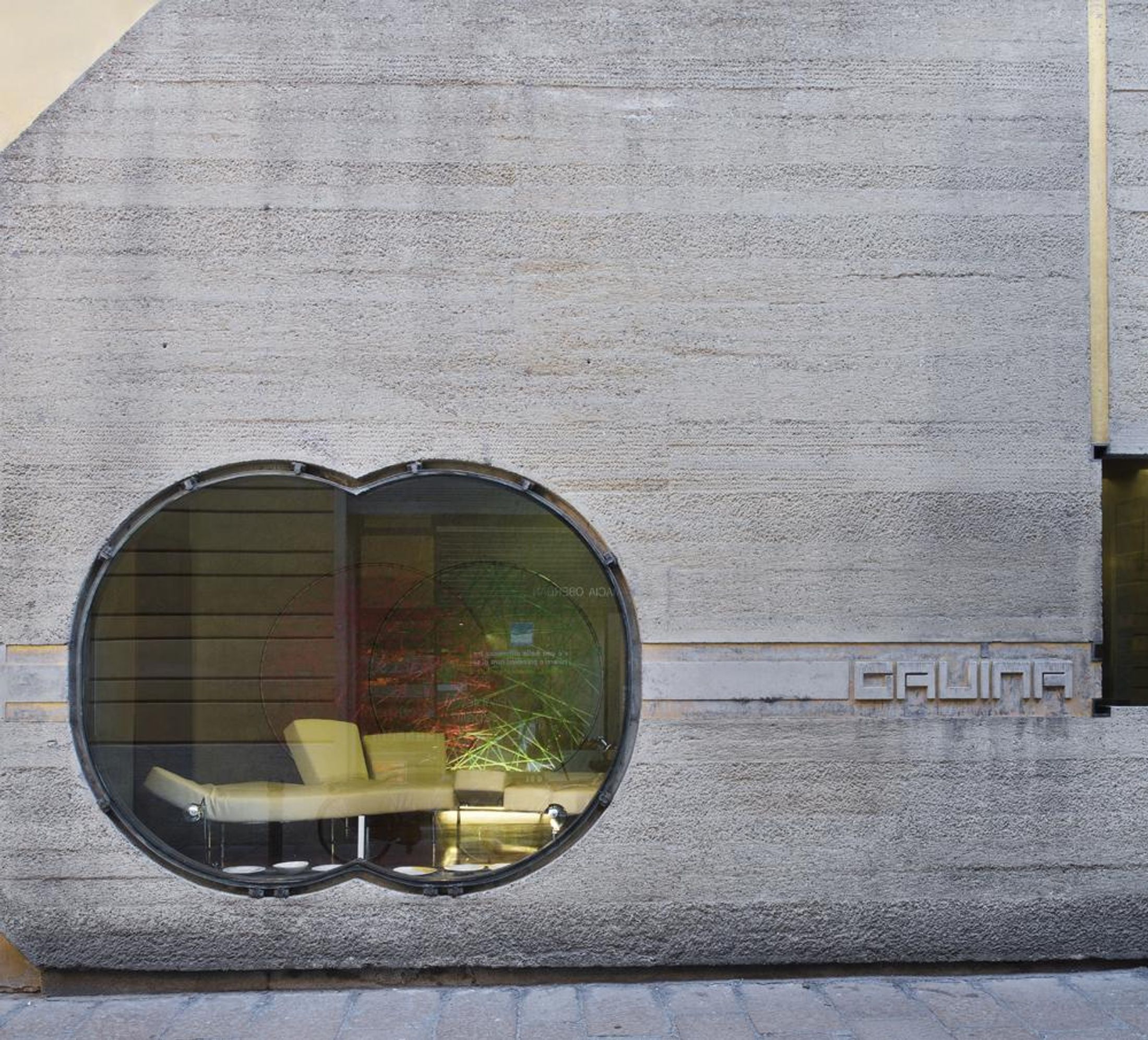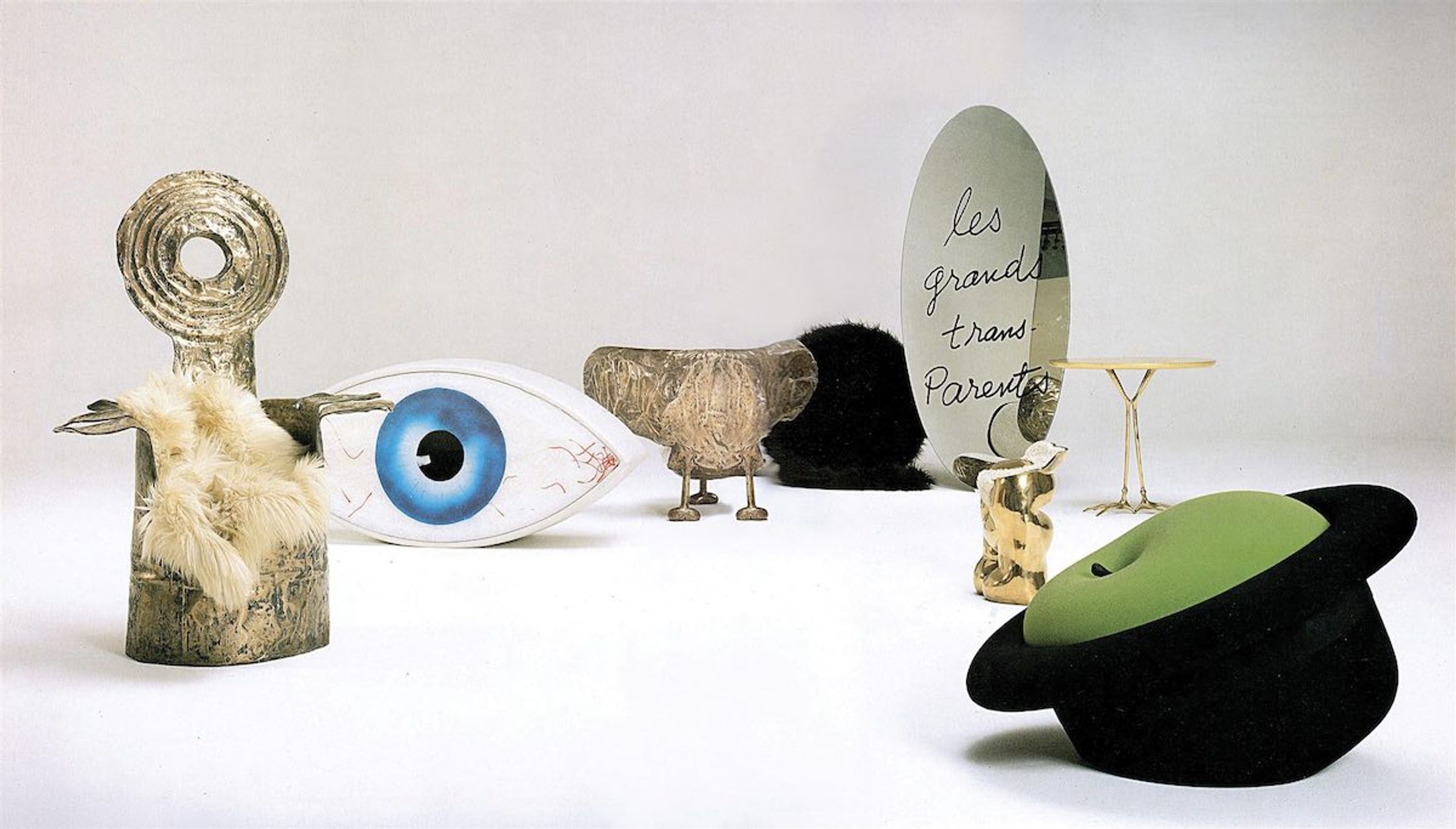
In the world of design and creativity, few names shine as brightly as Dino Gavina. A visionary artist and trailblazing entrepreneur, Dino's legacy continues to inspire and shape the realms of art, design, and innovation.
Born in a charming town, Dino Gavina's early life was steeped in creativity. From a young age, he displayed an insatiable curiosity and an innate passion for all things artistic. His parents, recognizing his talents, encouraged his creative pursuits, nurturing the seed of innovation that would eventually blossom into a lifelong commitment.
Known as one of the Founding fathers of Italian Design began his career making scenery for theatre, but his design career began thanks to Lucio Fontana through whom he met architects and designers including Pier Giacomo Castiglioni, Carlo & Tobia Scarpa and Marcel Breuer.
In 1960 he establishes Gavina spA which produces furniture by Carlo & Tobia Scarpa and the “Wassily Chair” by Marcel Breuer. After much success Gavina is sold to Knoll in 1968 alongside with the rights to produce Breuer pieces.

Showroom Dino Gavina
Bologna 1963

In 1962 Gavina responds to the need for lighting which would complement the new Modern Interiors. Knowing he could count on the genius of Per Giacomo Castiglioni, and under the guidance of Carlo Scarpa Flos is born. In a very short period Flos receives worldwide recognition and becomes one of the first modern business in its sector producing iconic pieces such as the “Nuvola” and “Arco” lamps.
After much success with Gavina and Flos, Dino Gavina finds a unique space and together with Maria Simoncini they establish Simon in 1968. Simon had an overwhelming impact on design and through the close collaboration with Designers and Architects. Simon was acquired in 2013 by Cassina.
Dino's insatiable thirst for experimentation led him to explore diverse artistic forms. His innovative approach and eagerness to push the boundaries of conventional design quickly gained him recognition. He was never content with the ordinary; he yearned to create objects that told stories and evoked emotions.

Collections of Simon included the Ultrarazionale (1968), Ultramobile (1971) and Metamobile (1974). The “dodge” table by Carlo Scarpa in 1968, The “Traccia” table by Meret Oppenheim in 1972, The “Simone” series in 1971, and the “Antella” table by Kazuhide Takahama in 1975.
Dino Gavina's legacy lies not only in the pieces he created but in the spirit of innovation he instilled within the art world. His creations transcended mere utility; they were conversations between form and function, tradition, and avant-garde. The mark he left on the world of design continues to influence generations of artists, designers, and thinkers, reminding us that creativity knows no bounds.